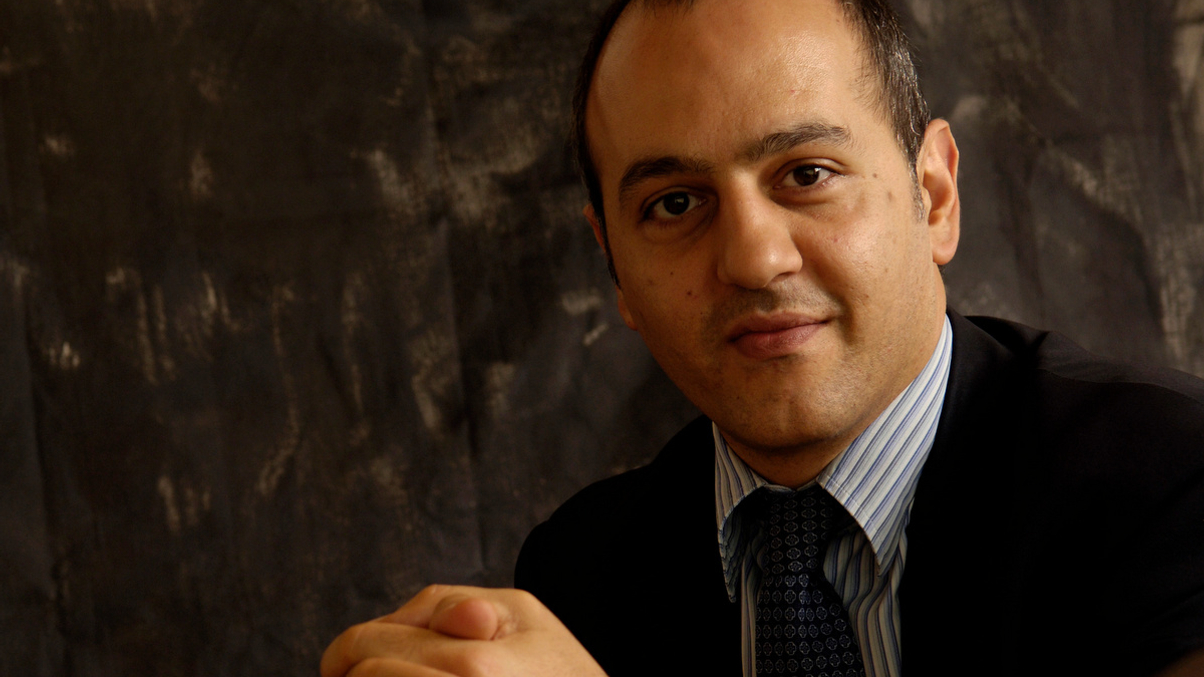Pictet doesn't believe in the great rotation
Investors are still buying high-yield and EM sovereign and corporate debt, at the expense of developed-market investment-grade bonds, notes the Swiss fund house.

Fund house Pictet argues that certain fixed income investments remain attractive and says it is seeing flows continue into less mainstream and higher-yielding credit and debt. It also stresses the importance of reconsidering one's approach to developed- versus emerging-market debt.
Sign in to read on!
Registered users get 2 free articles in 30 days.
Subscribers have full unlimited access to AsianInvestor
Not signed up? New users get 2 free articles per month, plus a 7-day unlimited free trial.
¬ Haymarket Media Limited. All rights reserved.


